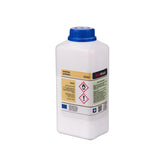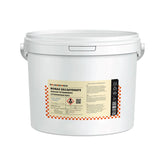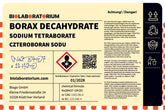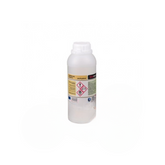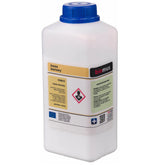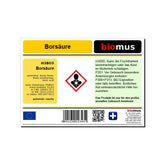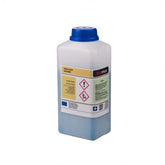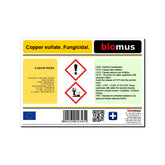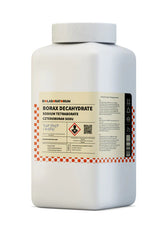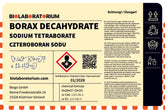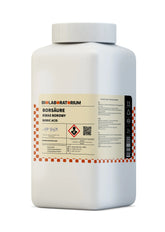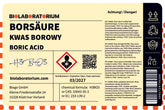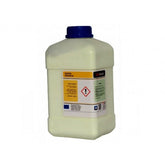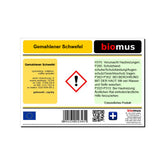Tryptophan – Properties, Industrial Applications, and Safety
Tryptophan is one of the 20 proteinogenic amino acids and plays an important role in various biological processes. In this blog post, we will take a closer look at the properties, industrial applications, and safety aspects of tryptophan.
What is Tryptophan?
Tryptophan, also known as L-tryptophan, is an essential amino acid that cannot be produced by the human body itself. Instead, it must be obtained through diet. Tryptophan is an aromatic amino acid and belongs to the group of polar, uncharged amino acids.
The chemical structure of tryptophan is characterized by an indole ring attached to a propionic acid chain. This unique structure gives tryptophan special properties and functions in the body.
Properties of Tryptophan
Tryptophan has a number of interesting properties that make it suitable for various applications:
Solubility
Tryptophan is moderately soluble in water but well soluble in acidic and basic solutions. This allows for versatile use in aqueous systems.
Polarity
As a polar, uncharged amino acid, tryptophan can engage in both hydrophilic and hydrophobic interactions. This is important for incorporation into protein structures.
Fluorescence
The indole ring in the tryptophan structure causes tryptophan to naturally fluoresce when excited by UV light. This enables its use in analytical methods.
Oxidation Sensitivity
Tryptophan is relatively sensitive to oxidation, especially by light, heat, and heavy metals. This must be taken into account during storage and processing.
Physiological Significance
In the human body, tryptophan serves as a precursor for important neurotransmitters such as serotonin and melatonin. Additionally, it is essential for protein synthesis.
Industrial Applications of Tryptophan
Due to its diverse properties, tryptophan is used in numerous industrial applications:
Dietary Supplements
Tryptophan is commonly used as a dietary supplement because it promotes the synthesis of serotonin and melatonin, which can have positive effects on mood, sleep, and recovery.
Feed Additive
In animal nutrition, tryptophan is used as a feed additive to optimize protein content and nutrient supply for animals.
Pharmaceutical Applications
In the pharmaceutical industry, tryptophan is used in medications for treating depression, sleep disorders, and migraines. It is also an important active ingredient in dietary supplements.
Cosmetics
Tryptophan is used in some cosmetic products such as skincare products, shampoos, and creams because it can have positive effects on skin and hair.
Food Industry
In the food industry, tryptophan serves as a flavoring agent and flavor enhancer. Additionally, it can be used to enrich protein content and nutritional value.
Chemical Synthesis
In the chemical industry, tryptophan is used as a starting material for the synthesis of various compounds such as indole derivatives or active pharmaceutical ingredients.
Safety and Regulation
Although tryptophan is generally considered safe, certain aspects must be considered during use and processing:
Toxicity
In high doses, tryptophan can lead to side effects such as nausea, vomiting, or diarrhea. Therefore, limits and dosages should be observed.
Allergies
Occasionally, allergies to tryptophan can occur, especially in people with food allergies. Appropriate labeling requirements must be followed.
Regulatory Aspects
The use of tryptophan in food, feed, and pharmaceuticals is subject to legal regulations and approval procedures in many countries.
Storage and Processing
Due to its sensitivity to oxidation, certain precautions must be taken during the storage and processing of tryptophan to avoid quality losses.
Overall, tryptophan is a versatile amino acid with interesting properties. By observing safety aspects, tryptophan can be successfully used in numerous industrial applications.
